
Ocarina
Approx $26.51 USD
DescriptionMaterialStoneProduct AttributesOrdinaryPackage Size300*300*300(1mm)
Material: bone china
Craft: glaze
Category: Geometric shapes
Material Type: Porcelain
Surface technology: glazing
Decorative pattern: calligraphy and calligraphy
Hanging form: hanging ornaments
Production method: handmade
Style; Chinese style
Modeling
Packing: carton packaging
Size: 18cmx10cmx4.5cm
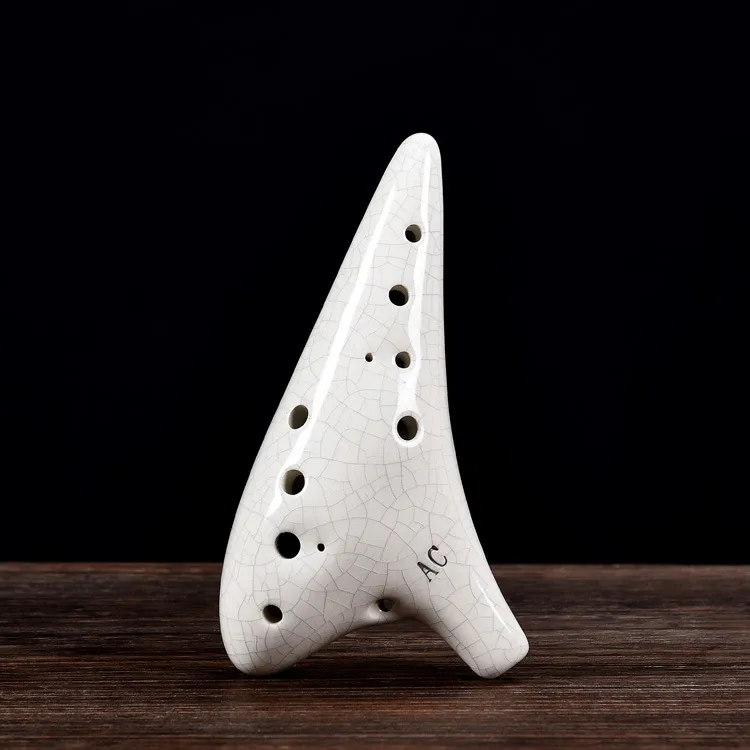
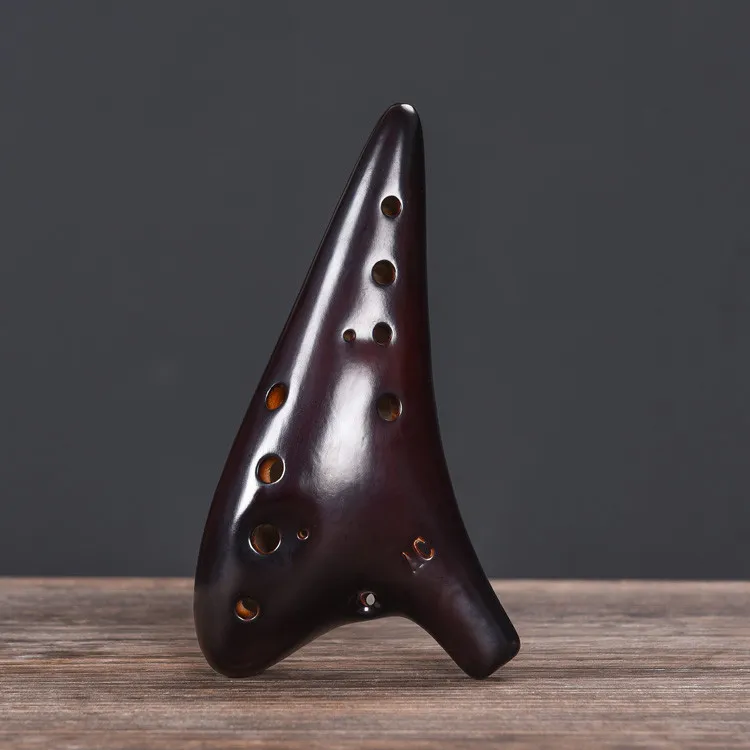
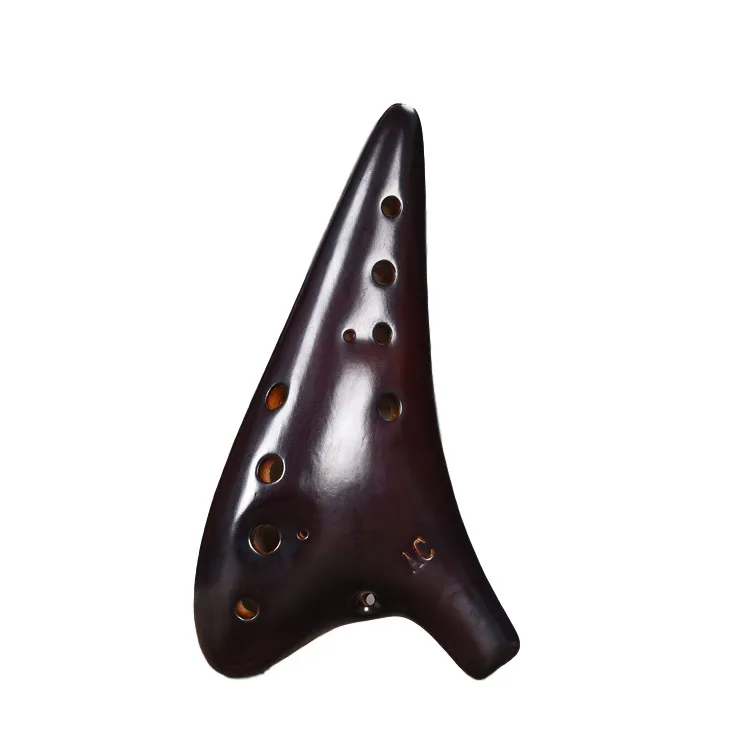
Ocarina: A Timeless Wind Instrument with Unique Sound
Introduction to the Ocarina
The ocarina is a fascinating and ancient wind instrument that has captivated musicians and music enthusiasts for centuries. Recognized for its distinctive, hauntingly beautiful sound, the ocarina has been used in various cultures, from ancient civilizations to modern-day musicians. With a shape resembling a small, egg-like vessel with finger holes, the ocarina is one of the most easily recognizable wind instruments. Today, it enjoys popularity not only in folk music but also in video game soundtracks, thanks to its unique tonal quality. Whether you are a beginner or an experienced musician, playing the ocarina offers an enjoyable and rewarding musical experience.
History of the Ocarina
The history of the ocarina dates back thousands of years. It is believed to have originated in ancient China, although similar instruments have appeared in various forms throughout history in cultures around the world. The word "ocarina" comes from the Italian word for "little goose," referencing its shape, which is said to resemble a goose's body. The instrument was refined and popularized in Italy during the 19th century, especially by Giuseppe Donati, an Italian musician and instrument maker.
The ocarina has been used in many cultures, particularly in the Americas and Europe. It has found its way into a variety of musical genres, from traditional folk songs to contemporary experimental compositions. In modern times, the ocarina gained renewed popularity through video games such as The Legend of Zelda, where the ocarina plays a crucial role in the game's storyline.
Types of Ocarinas
Traditional Ocarinas
Traditional ocarinas are typically made from ceramic or clay, with a smooth, rounded shape and finger holes that vary depending on the specific type. These ocarinas often come in a variety of sizes, from small, portable versions to larger, more resonant models. Many of these instruments are handcrafted, and each piece is unique. Traditional ocarinas are often tuned to specific keys, with the most common being C, G, or F.
Sweet Potato Ocarina
The sweet potato ocarina is one of the most common types of ocarinas available. This version gets its name from its shape, which resembles a sweet potato. It typically features 4 to 12 finger holes, allowing for a wide range of notes. The sweet potato ocarina is known for its rich sound and smooth playing experience. It is often made from ceramic, though modern versions may use plastic or other materials. This instrument is suitable for beginners as well as experienced musicians due to its accessibility and versatile sound.
Fipple Ocarina
The fipple ocarina features a distinctive mouthpiece that directs air into the instrument, similar to the mechanism used in flutes. The fipple creates a clean and consistent sound, making it easier for beginners to play. This type of ocarina is often used in orchestral settings and is known for its clear, pure tones. It can be found in both ceramic and plastic varieties, making it affordable and durable for various uses.
12-Hole Ocarina
The 12-hole ocarina is a more advanced version of the sweet potato ocarina, offering a wider range of notes and increased musical versatility. With additional finger holes, the 12-hole ocarina allows players to perform more complex melodies and harmonies. This version is ideal for experienced musicians who want to explore the full range of the instrument. 12-hole ocarinas are commonly tuned to C and can be made from a variety of materials, including ceramic, clay, and plastic.
How to Play the Ocarina
Basic Playing Techniques
Learning to play the ocarina is relatively simple, even for beginners. The instrument requires breath control, finger placement, and practice to produce a pleasing sound. Players blow gently into the mouthpiece, covering the finger holes with their fingers to control the pitch and tone. Each hole corresponds to a specific note, and by covering or uncovering them, the pitch of the sound changes.
To start playing, follow these basic steps:
-
Breathing: Take a deep breath and blow gently into the mouthpiece. Make sure not to blow too hard, as this can cause the
notes to sound harsh or distorted.
-
Finger Placement: Cover the finger holes with the pads of your fingers to produce different notes. Be sure to cover the
holes completely to avoid air leaks.
-
Creating Melody: Experiment with finger combinations to create a melody. With practice, you’ll be able to play scales,
simple tunes, and more complex compositions.
Advanced Techniques
Once you’ve mastered the basics, you can explore more advanced techniques to add depth to your playing. These techniques include:
- Vibrato: Achieved by varying the air pressure while playing, vibrato adds warmth and emotion to the sound.
-
Trills and Ornamentation: Rapidly alternating between two notes can create a trill, adding a lively, dynamic element to
your playing.
-
Finger Positioning: By adjusting your finger placement and using partial holes, you can achieve microtonal notes and create
more expressive melodies.
Ocarina in Modern Music
While the ocarina is rooted in ancient traditions, it continues to find its place in modern music. Its unique tonal quality makes it an excellent choice for adding atmospheric and mystical sounds to compositions. In video game music, the ocarina has become iconic, especially through The Legend of Zelda: Ocarina of Time. The game’s soundtrack uses the ocarina to convey a sense of magic and adventure, helping to reintroduce the instrument to a new generation of listeners.
In addition to video games, the ocarina is used by contemporary musicians and composers across a variety of genres, from classical to folk and world music. It is an integral part of some orchestras and is also played in smaller groups and solo performances.
How to Choose the Right Ocarina
When selecting an ocarina, consider the following factors:
-
Material: Ocarinas are commonly made from ceramic, clay, or plastic. Ceramic ocarinas provide a richer, more resonant
sound, while plastic versions are more durable and affordable.
-
Size and Shape: Choose a size that suits your playing style and comfort. Sweet potato ocarinas are more compact and
portable, while 12-hole ocarinas offer more notes and greater musical versatility.
-
Tuning: Most ocarinas are tuned to a key such as C, G, or F. Ensure that the ocarina you choose matches the key you intend
to play in.
-
Skill Level: Beginners may prefer a simpler, 4-hole or 6-hole ocarina, while advanced players might opt for a 12-hole model
for more complex compositions.
Conclusion: The Ocarina – A Timeless and Unique Instrument
The ocarina is more than just a musical instrument; it is a bridge between cultures, histories, and generations. Whether you are learning the basics or playing intricate melodies, the ocarina offers an unmatched charm and versatility. From its ancient origins to its place in modern music, the ocarina continues to captivate musicians and audiences around the world. It is an excellent choice for anyone looking to explore new sounds, create beautiful music, or simply enjoy the art of playing an ancient, timeless instrument.
SEO Keywords:
ocarina, ocarina instrument, ocarina for beginners, 12-hole ocarina, sweet potato ocarina, fipple ocarina, ocarina for sale, ocarina music, ocarina video game, ocarina of time, ocarina melody, how to play the ocarina, ocarina history, buy ocarina, ceramic ocarina, clay ocarina, ocarina techniques, ocarina musical instrument, ocarina in modern music, ocarina lessons
Meta Description:
Explore the history, types, and playing techniques of the ocarina. Learn how to choose the best ocarina and start creating beautiful melodies with this ancient yet timeless wind instrument.
4o
The product may be provided by a different brand of comparable quality.
The actual product may vary slightly from the image shown.
Shop amazing plants at The Node – a top destination for plant lovers

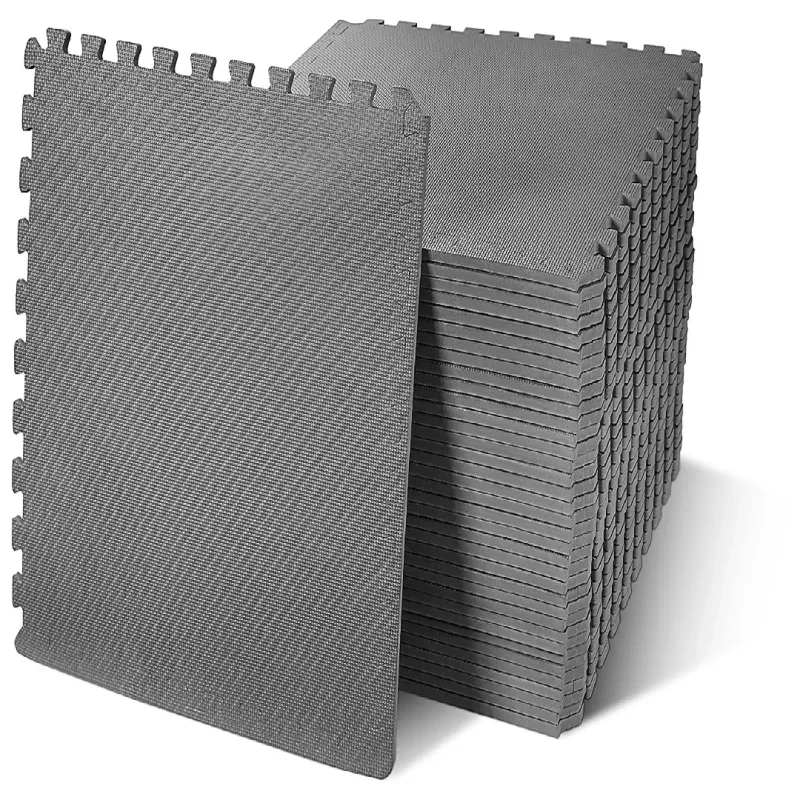



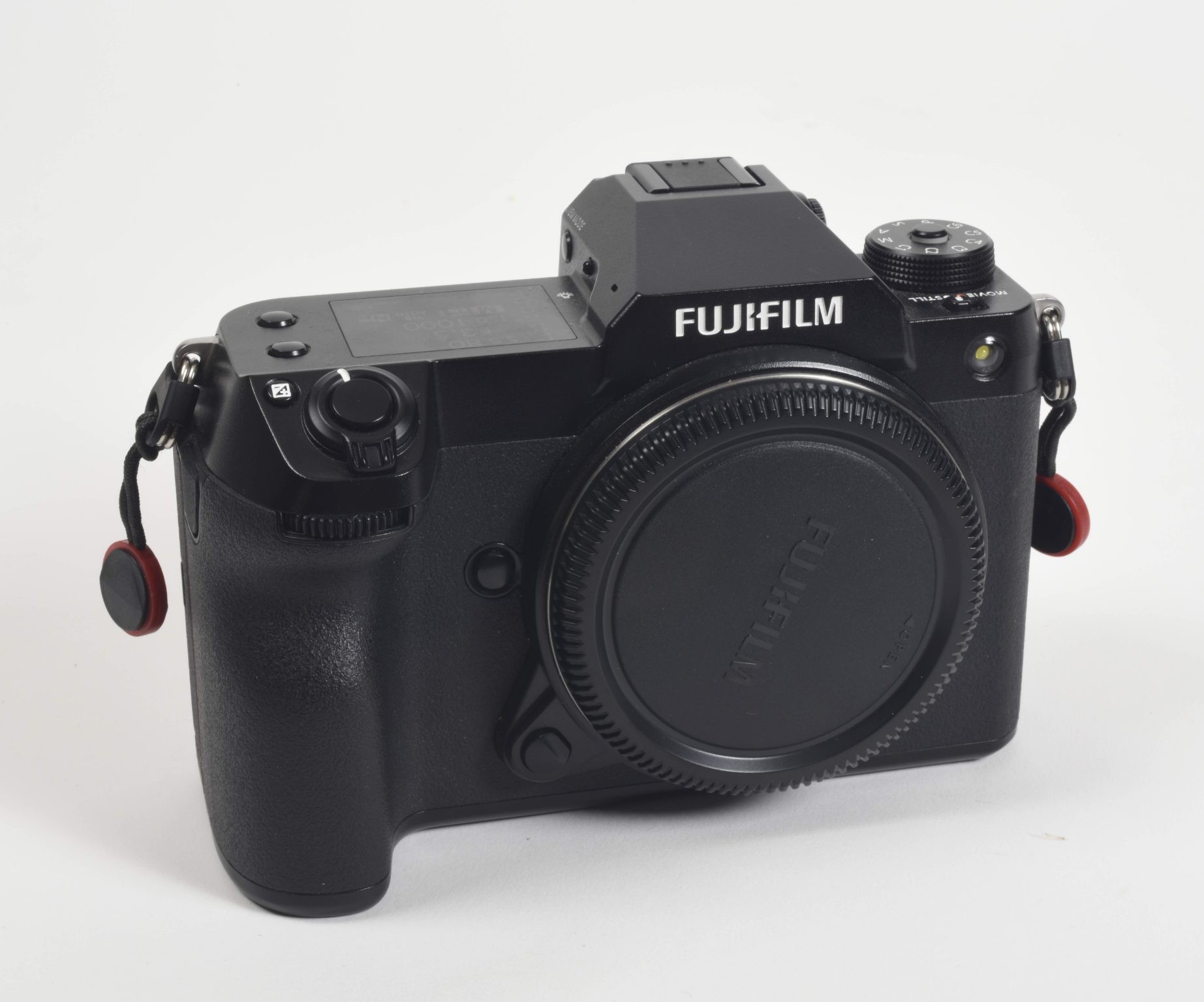
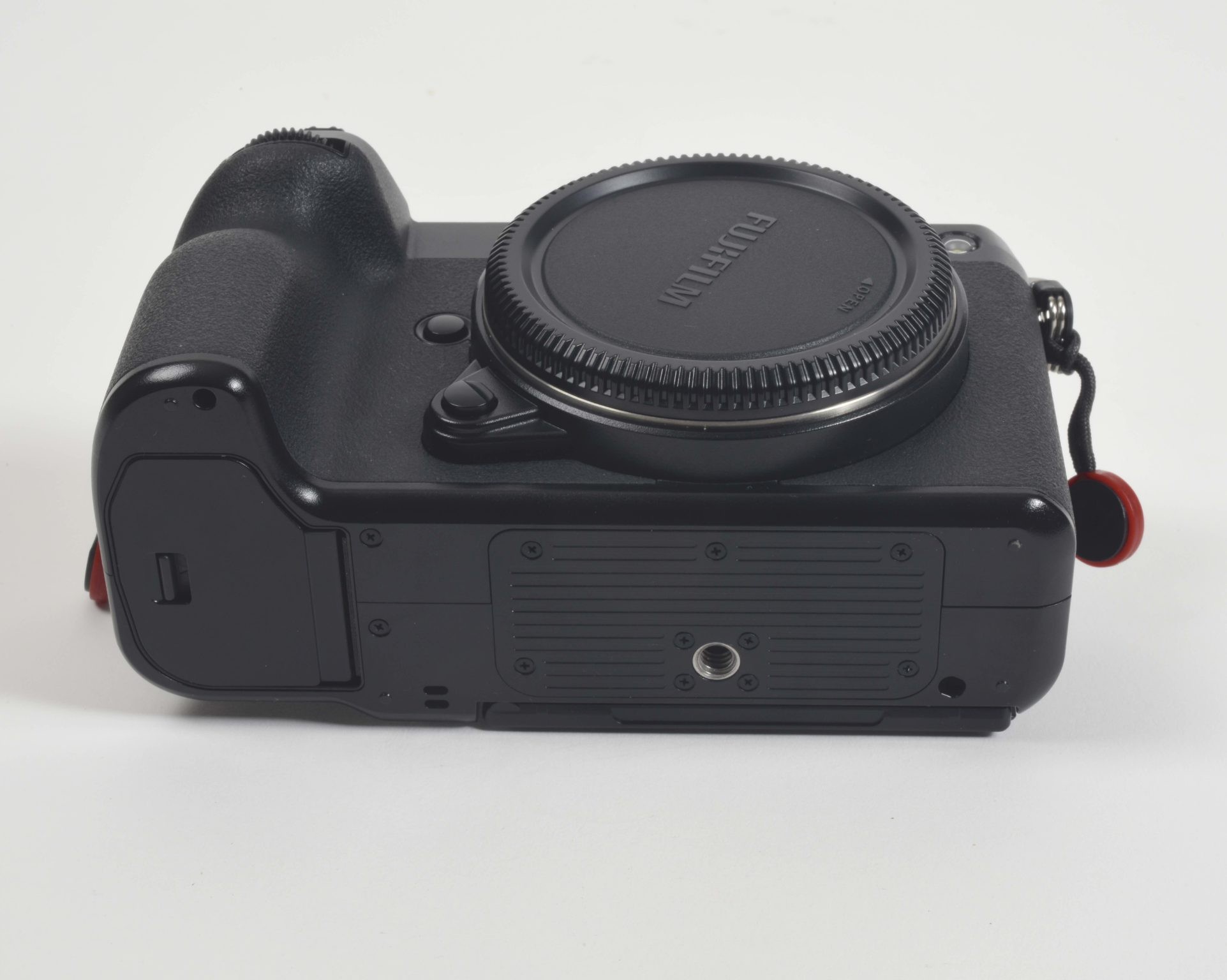
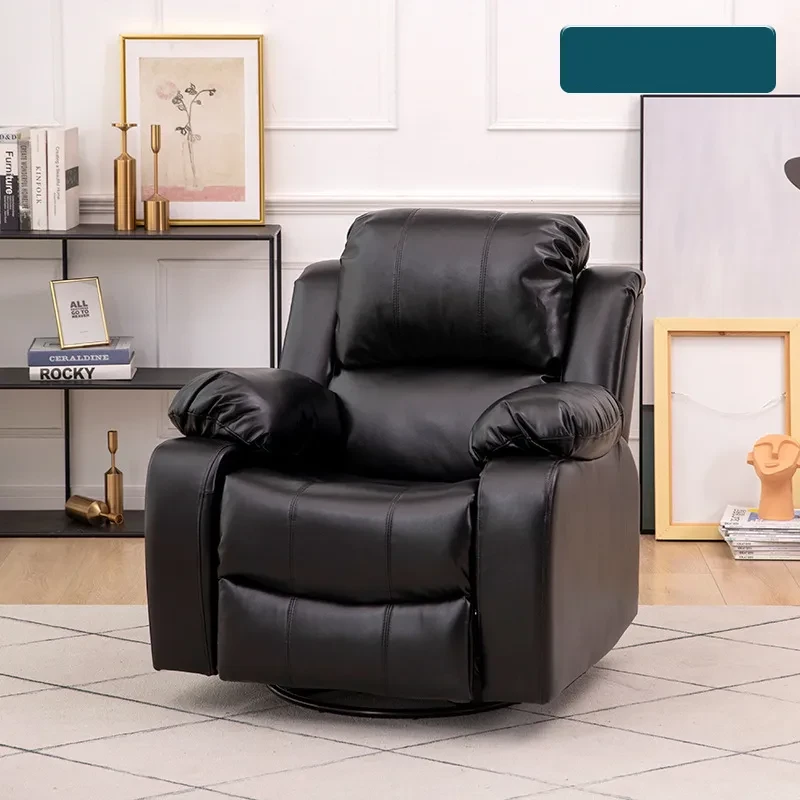

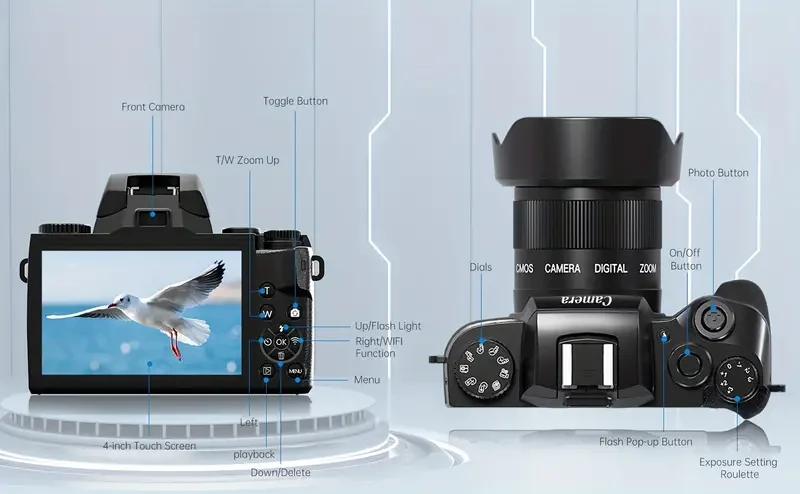
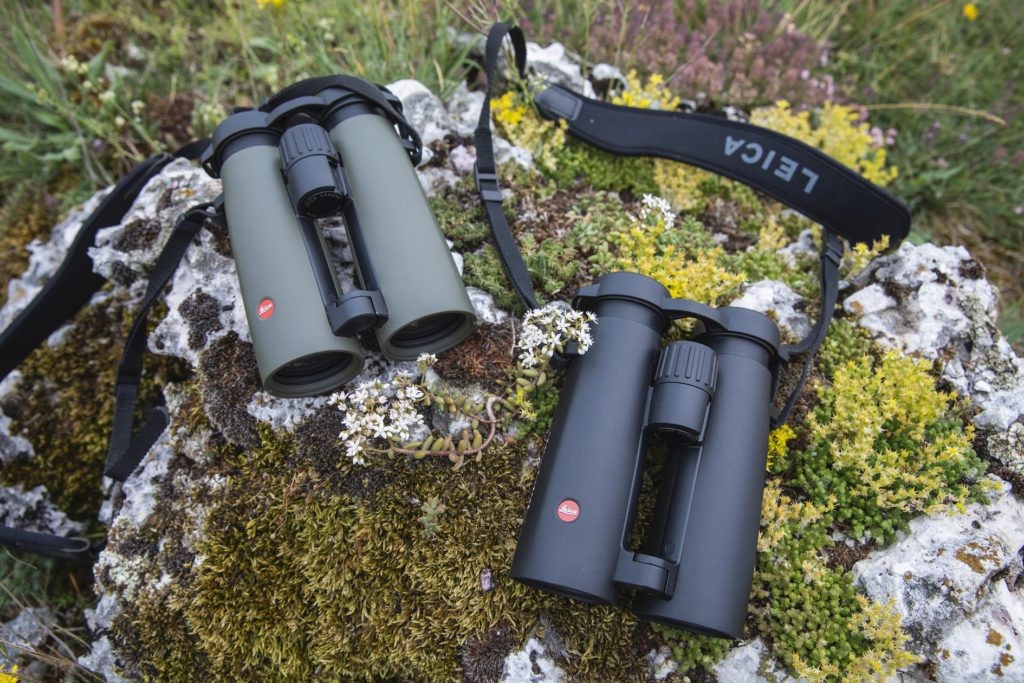











.jpg)
















































ulva-Logo.jpg)
